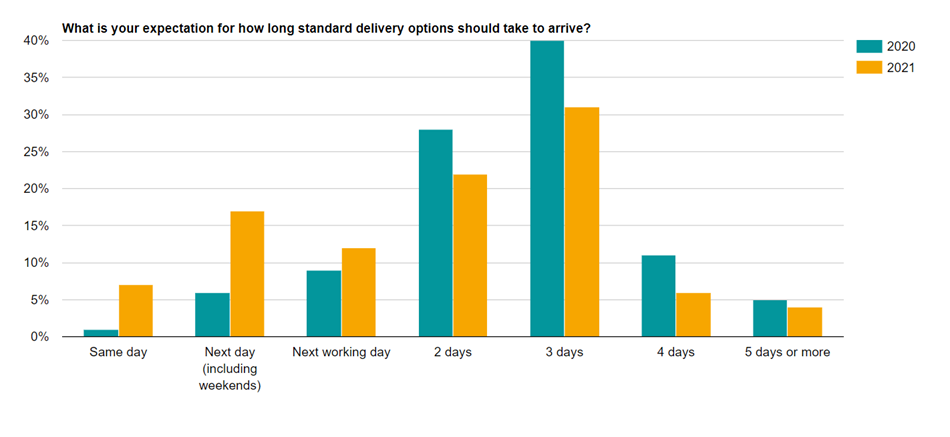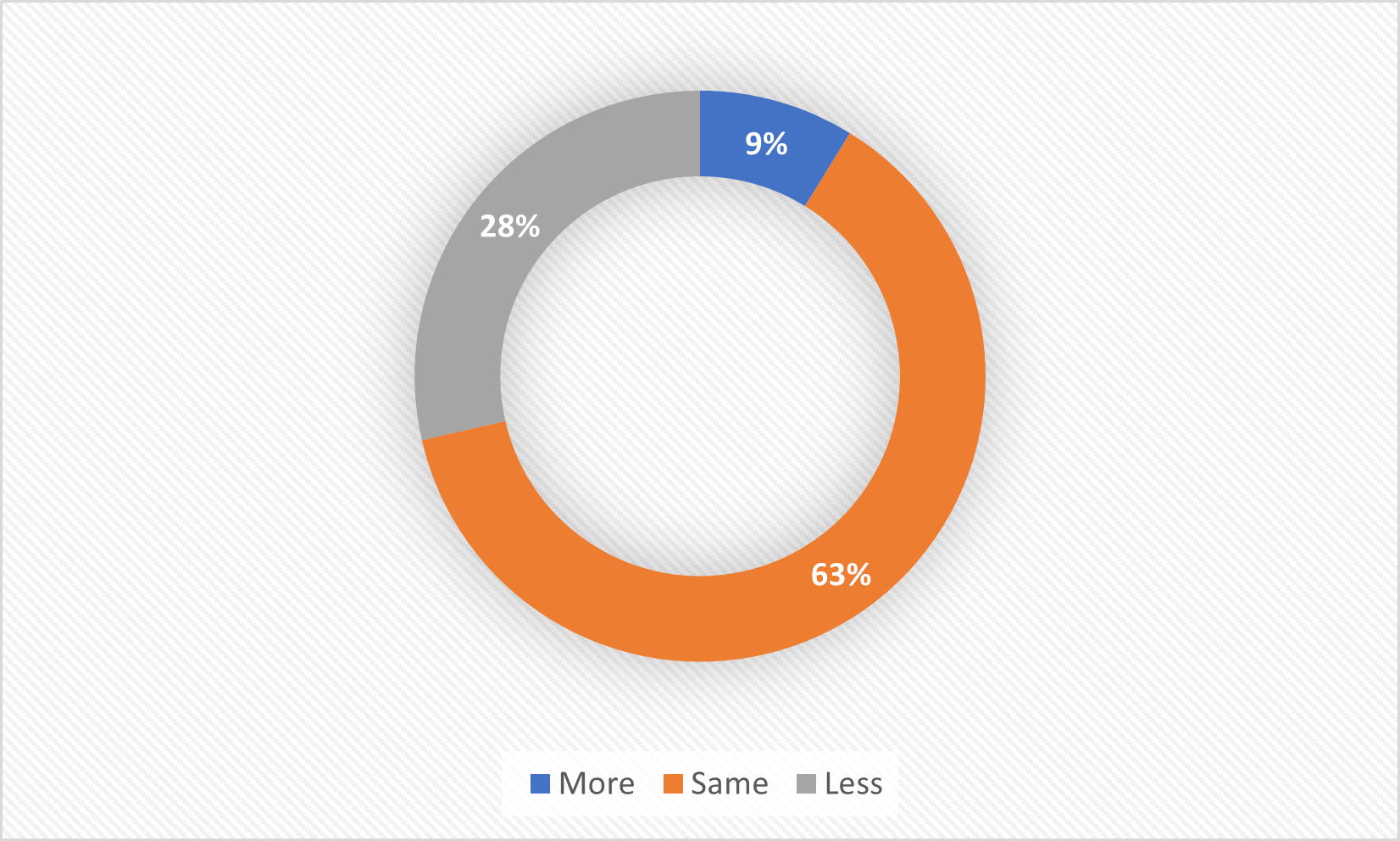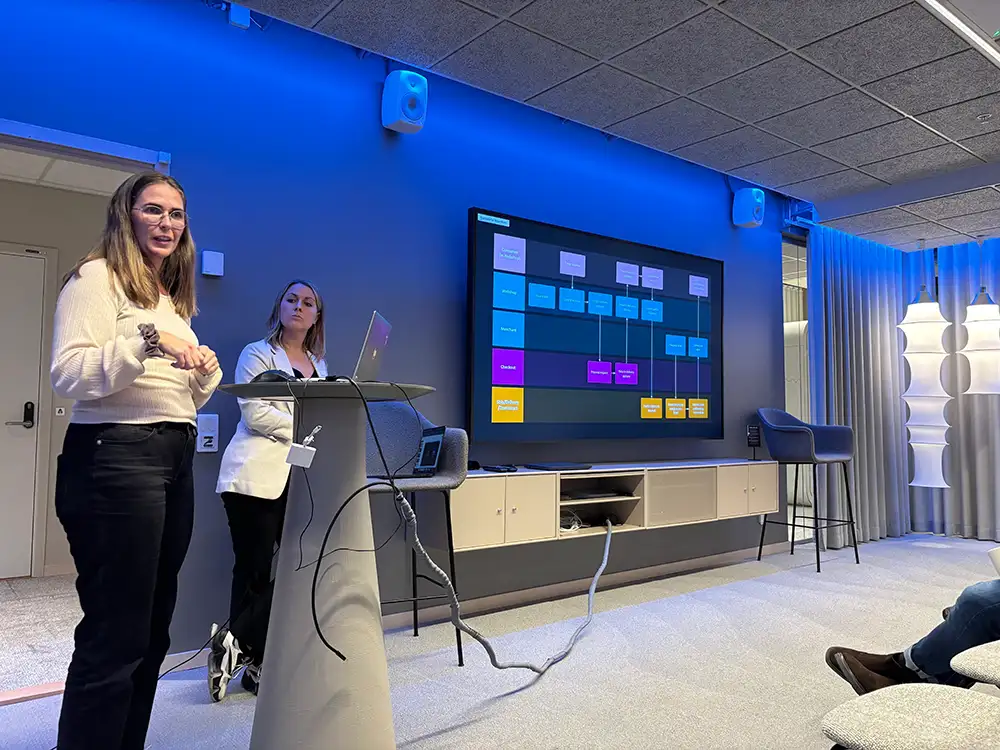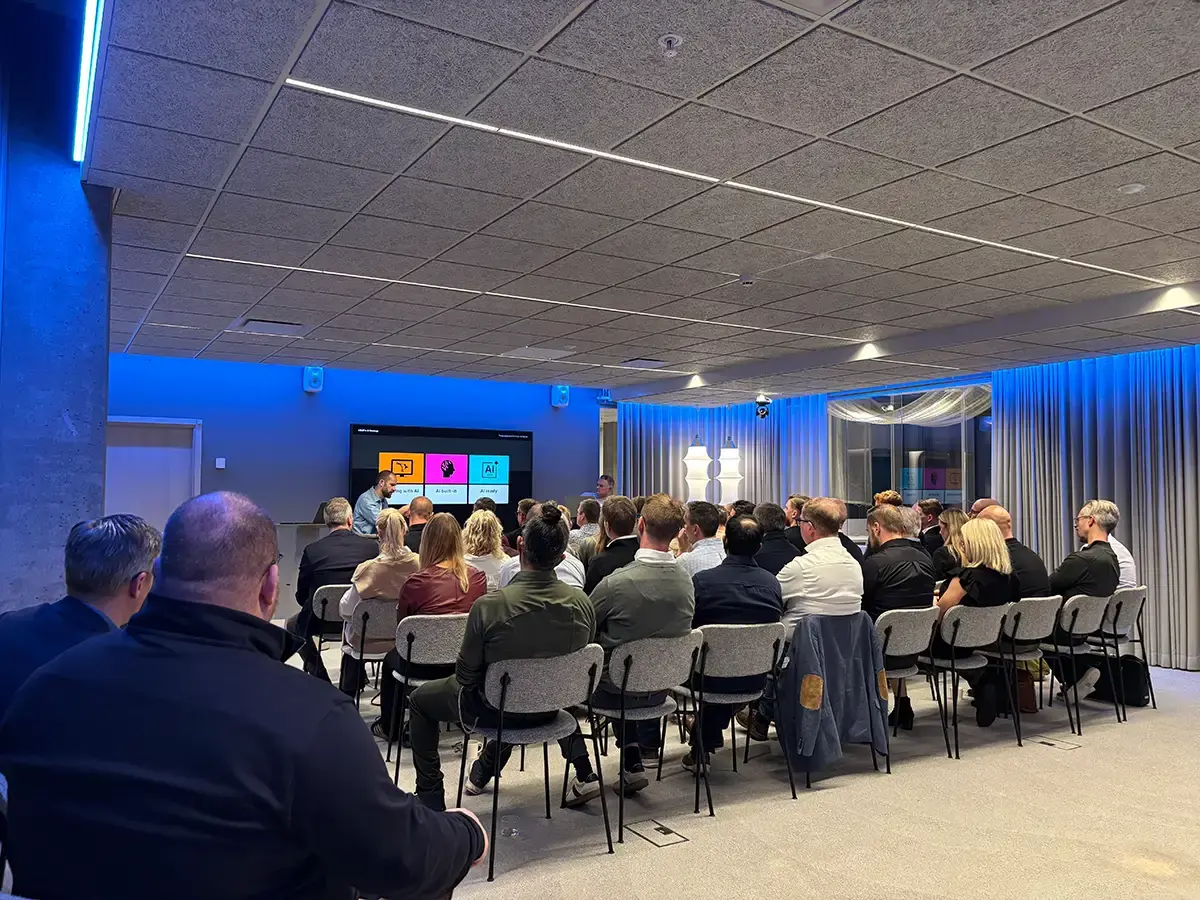It’s been almost two years since the pandemic started affecting the UK, and we went into our first lockdown. As of 2022, the UK has experienced three lockdowns, however, we hope to have seen our last. Whilst it may look as though we’re on the other side, these periods of home-based living have affected the way shoppers think and behave.
The main impact which the pandemic has had on ecommerce, is an obvious one: the closure of physical stores. For online-only retailers this was good news, as there was more traffic available than ever before. However, it was actually multichannel retailers which have seen the most growth during this time, as many customers who did their shopping in physical stores, then moved online when the stores closed, bringing huge growth to their digital revenues.
We can see from the graph below, taken from IMRG’s digital dashboard, the year-on-year (YoY) online growth of multichannel and online-only retailers across the course of the pandemic (March 2020 to January 2022). The line representing multichannel saw rapid growth at the beginning, as the stores closed, whilst online sat below, in terms of its growth—however, still huge growth month by month. The growth for both of these groups plummets in 2021, as online retail had to compete with the high street once again, and couldn’t match the growth of the previous year. It was then multichannel retailers’ turn to see a drop in growth.

Whilst retailers combatted these issues, customer expectations grew higher and higher. With this increase, came changes in their behaviors. IMRG’s annual Consumer Home Delivery Review, which is published with nShift, shows some interesting data about how customers are now shopping, and how they prefer to receive online deliveries. When surveying 1,000 shoppers, we found that the working-from-home model has encouraged higher expectations for home delivery. Between 2020, and 2021, there was a large increase in the number of people who expected same day, or next day delivery, even on the weekends. With the pandemic making people accustomed to staying at home, Click and Collect dropped in popularity. Customers preferred to have their orders sent home, and usually wanted them as rapidly as possible. This is a trend we’ll see continued long after the lockdowns.

We can see the aforementioned decrease in popularity of Click and Collect in the pie chart below. In another question, we asked customers whether they were more or less likely to collect from a store after the pandemic. The lockdowns appear to have made people reluctant to come into a store, as 62.6% of people said they’re equally likely, which is reassuring, however almost 30% of people said they’re now less likely to collect from a store.

Following the outbreak of COVID-19 are you more or less likely to collect an item from in-store?
We can see from this data that customers are looking for quick home delivery, and are less likely to shop in a store as a result of the UK lockdowns. This huge growth for multichannel retailers at the start of the pandemic, meant that shoppers might have switched their in-store buying habits, for the same retailers, but online. Our nShift Checkout product helps retailers offer a range of delivery options so that clients can choose their preferred one - more options, more chances that the basket converts into an acquisition. Retailers should look out for trends over the next few years, as we might never see the same return-to-store, as it existed pre-lockdowns: only time will tell.
About the author






